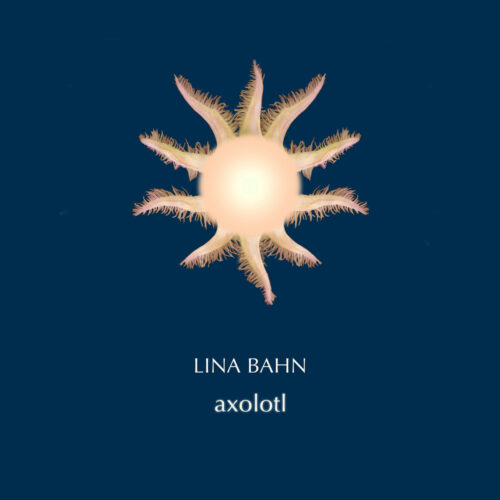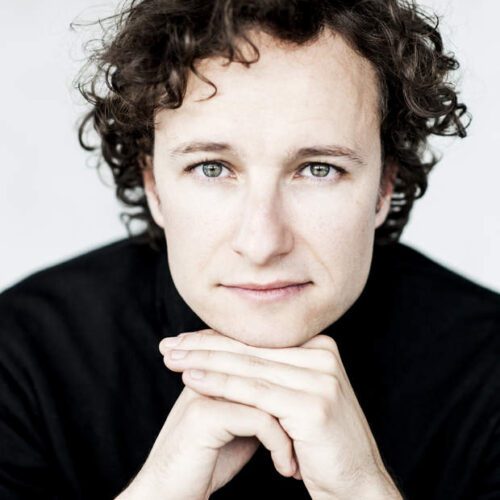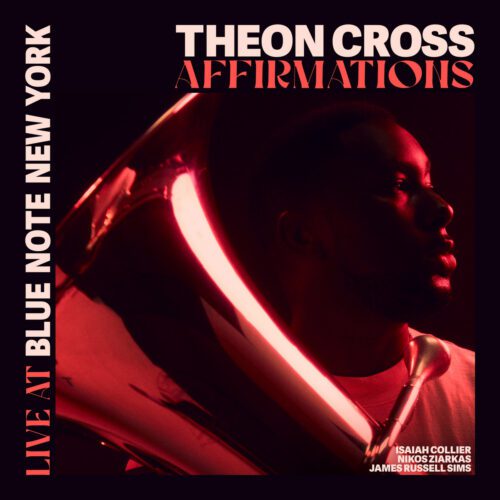Lina Bahn is a Los Angeles-based violinist with a passion for bold contemporary commissions. Six compositions are presented here, all for violin and electronics. Pamela Z’s Four Movements marries the two with discretion if not for the generous reverb and ghostly delays, manipulated live and accompanying Bahn by creating an interesting, sometimes contrapuntal, depth to the melodic phrases. There is something between Arvo Pärt and Nils Frahm in this music by Pamela Z, with the exception of the fourth movement (Grains), which is expressionist and avant-garde.
John Drumheller’s Deadhorse Point follows, inspired by the eponymous observation point in Utah and offering a seemingly unobstructed view of a hypnotic expanse of desert. Drumheller uses electro to support and magnify the fundamental strangeness of his score for violin, probably reflecting the panorama evoked. Glides, pizzicati and lyrical litanies are triturated, multiplied and generously reverberated to plunge us into a mysterious nocturnal tableau where millions of stars twinkle and all manner of evanescent creatures wriggle.
Axolotl, the title piece, is also the name of a uber cute Mexican salamander with six hairy appendages around its skull. These appendages are in fact lungs! Morton Subotnick has added a pointillist score to this strange sight, in which the violin is accompanied by both a tape and a live sequencer that transforms and distills the instrument’s sound. It’s all very strange indeed, but made sympathetic by its main subject and by the expert playing of Lina Bahn.

Ken Ueno wrote Vedananupassana in reference to the Buddhist philosophy of ‘contemplation of emotions’. If this evokes a form of quiet introspection, Ueno’s music hints at more effervescent feelings. The fusion of violin and electro takes place in a space full of pulsating vibrations. Fascinating, but demanding.
This is even truer of Steve Antosca’s One Becomes Two, a nod to the Jungian concept of transformation, in which the psychoanalyst uses the example of the bud becoming the flower. Musically, here too, electro is used in a highly interventionist way. The violin is transformed into a set of quivering waves that seem to constantly emerge from an interdimensional foam (and then plunge back down again). The most interesting aspect of the piece is that the composer leaves it up to the performer to choose the ending ‘’character’’ of the work, a choice between four possibilities: joy, passion, duality and enduring spirit. If you want to know what choice the soloist has made, you’ll have to make up your own mind. I’m not sure, and your interpretation will be as good as mine. Yes, it’s a very demanding listen, but it’s utterly spellbinding!
The memory that gradually fades and disappears is at the heart of Daniel Wohl’s Disappearance. It’s a study in the fading of sound, bathed in subdued light. After the almost extreme avant-gardism of the previous two tracks, Disappearance is like a balm with its consonant, melancholy harmonies, a little like Arvo Pärt.
Another exciting album of serious, magnificent music, expertly played by a world-class musician, from the Neuma label.
























